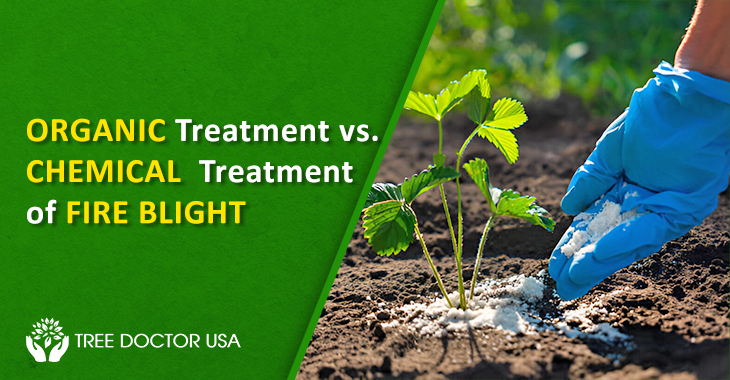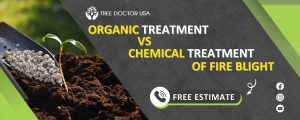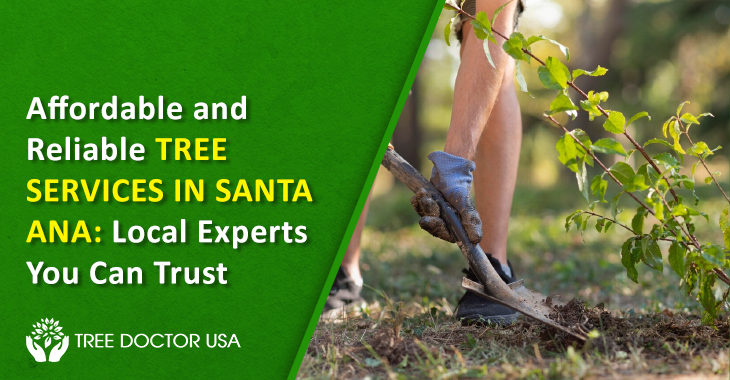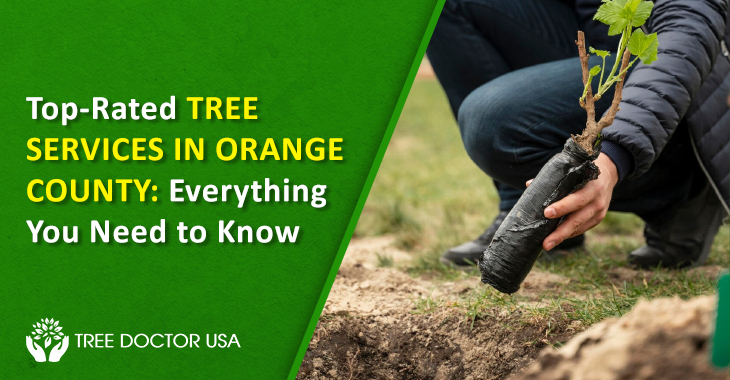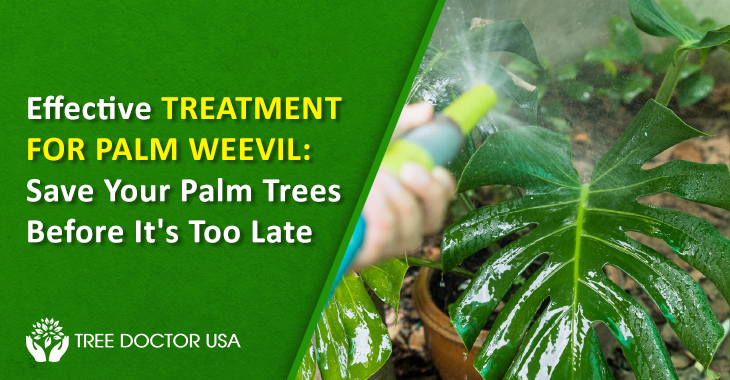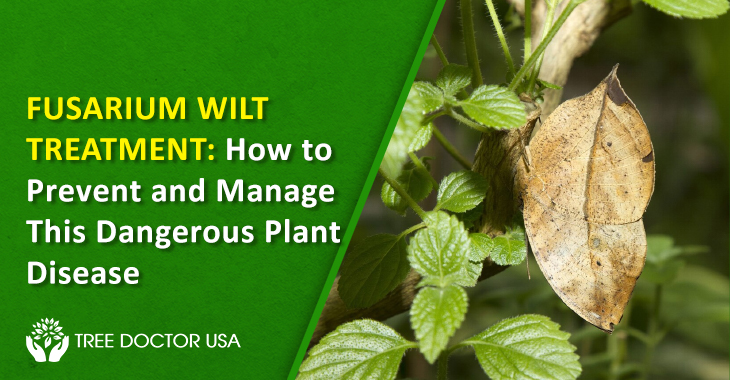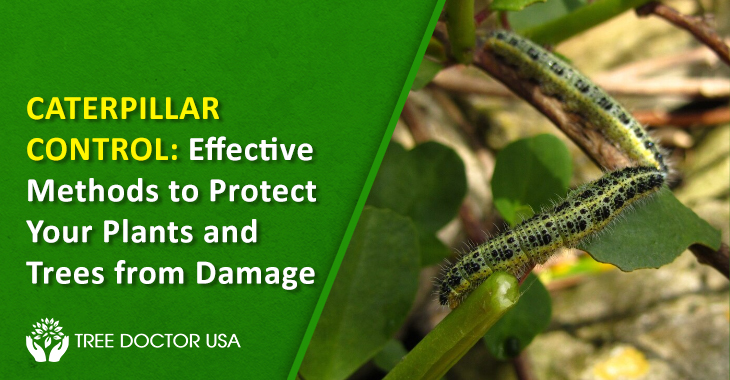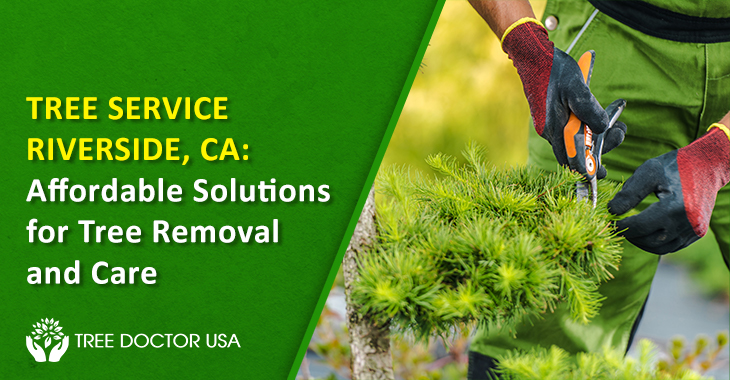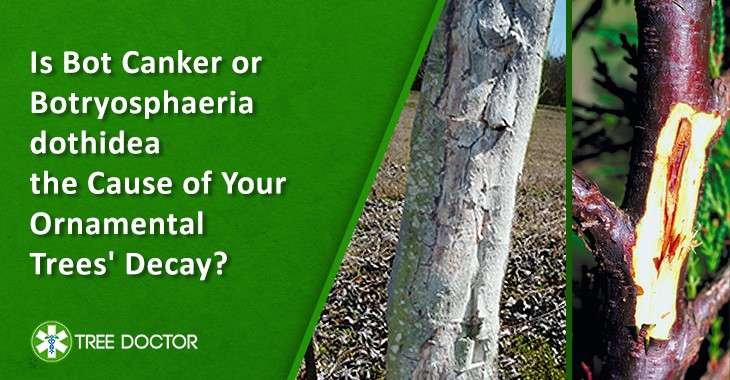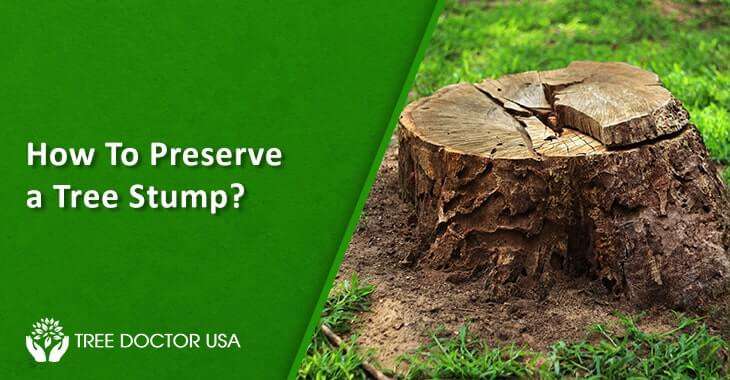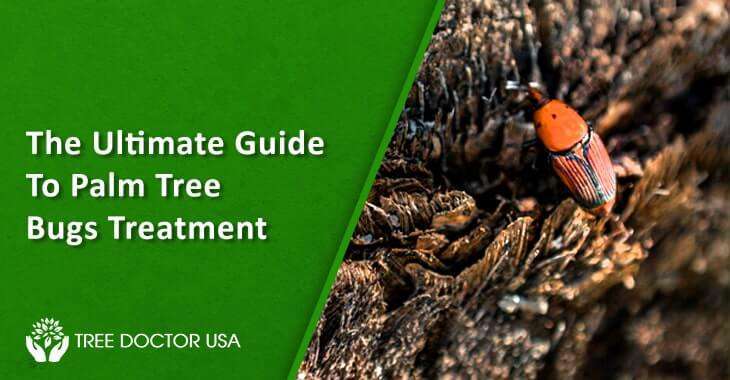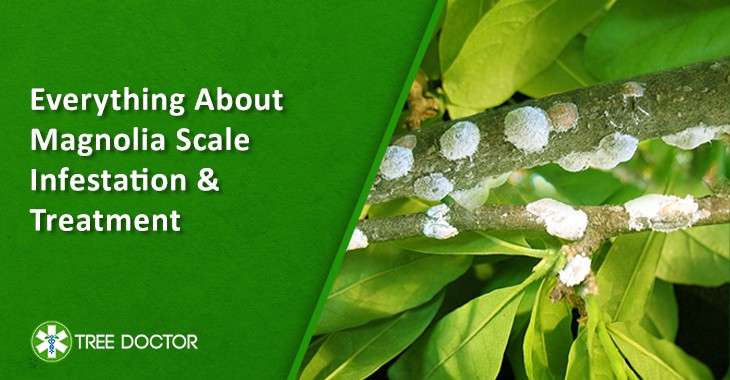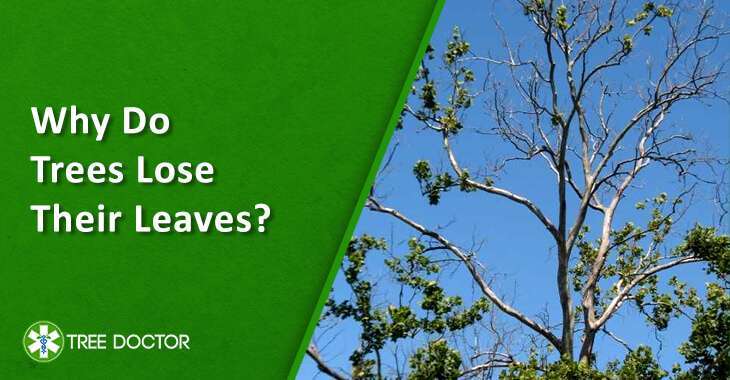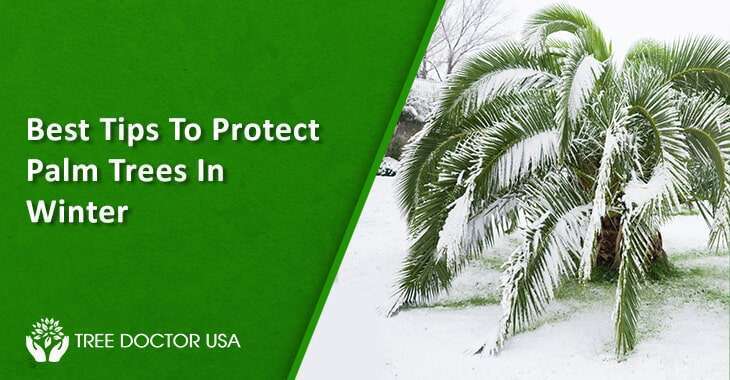Organic Treatment vs. Chemical Treatment of Fire Blight
Fire blight can be an extremely harmful disease that quickly spreads among plants, mainly pear and apple trees. Because this condition damages gardens quickly, finding effective treatments should be your top priority to keep it under control.
This blog explores the pros and cons of chemical and organic fire blight treatment. Whether you’re a skilled gardener or just starting, this guide can be handy for maintaining the health of your plants.
Understanding Fire Blight
Erwinia Amylovora bacteria cause fire blight disease in apple and pear tree species, as well as other Rosaceae members. The term derives its name from the bacteria’s scorched appearance. It mimics flame damage to plants infected by the blight disease. It can be deadly, causing trees to die and even their branches to die.
Symptoms of Fire Blight
- Blackened leaves and branches
- Bark with oozing lesions
- Wilting shoots
- Blossom blight
Understanding the life cycle and spread of fire blight disease is crucial to successful prevention and fire blight treatment strategies. Bacteria enter through natural or wound openings in plants before being carried by insects, rails or pruning instruments.
Why Fire Blight Treatment Is Essential
Fire blight poses a threat to orchards if left unchecked, potentially leading to their destruction. It can spread to nearby gardens and threaten the ecosystem as a whole. A fire blight treatment is essential as:
- They can prevent the spread of disease.
- Protect the health and well-being of individual plants.
- Fruit-bearing trees need to be protected.
Treatment will depend upon several factors, including infection type, weather conditions and organic or chemical treatments chosen as per the requirements.
Before comparing organic and chemical fire blight treatments, let’s first understand organic therapy in detail.
Organic Fire Blight Treatment
Organic treatments are a good choice because they do not negatively affect the environment. They are also beneficial and safe for organisms. They often use natural materials or biological methods to control fire blight.
Let’s understand the common methods in detail:
Common Organic Methods
1. Copper Sprays
Copper-based fungicides help mitigate fire blight by inhibiting bacteria formation on plant surfaces.
Pros
- Early stages of infection.
- Useful as a preventive measure.
Cons
- Overuse can cause the product to accumulate in soil and be toxic to plants.
- In severe cases, it is less effective.
2. Bordeaux Mixture
Organic copper sulfate-based fungicide provides long-term control. Let’s understand its pros and cons:
Pros
- It offers long-lasting protection for your tree.
- Effective against a variety of plant diseases.
Cons
- If misapplied, it can cause phytotoxicity.
- It leaves a residue visible on plants.
3. Organic Control
Introduce beneficial bacteria or fungi that compete against or block out pathogens responsible for fire blight.
Pros
- Organic treatments help keep nature in balance.
- Organic treatments are safe for animals and plants.
Cons
- It can require specific conditions for it to be effective.
- Chemical treatments are often more expensive.
4. Pruning and Sanitation
By regularly pruning infected branches and keeping tools clean, you can prevent the spread.
Pros
- Simple and cost-effective.
- Overall, plant health has improved.
Cons
- Labor-intensive.
- Regular monitoring and quick actions are required.
5. Plant Extracts and Oils
Essential oils like neem are known for their antibacterial properties that may help manage fire blight outbreaks.
Pros
- Natural and safe.
- Use regularly without damaging plants.
Cons
- They are less effective when used alone for severe infections.
- Reapplication is required.
Now that we’ve discussed organic methods in detail, let’s look at chemical fire blight treatments.
Chemical Fire Blight Treatment
Chemical treatments use synthetic chemicals to kill fire blight pathogens. They are very effective for severe infections but have some drawbacks.
Common Chemical Methods
1. Antibiotics
People use antibiotics a lot to treat fire blight. They stop bacteria from making proteins.
Pros
- These treatments have proven very successful at controlling fire blight.
- It is used as a prevention measure.
Cons
- Antibiotic resistance may develop with overuse
- It can disrupt beneficial bacteria within the environment.
2. Chemical Fungicides
Oxytetracycline-based fungicides kill bacteria and fungi. They are good at fighting many bacteria.
Pros
- They work against many kinds of pathogens.
- It’s long-lasting protection.
Cons
- This product could also damage non-target organisms.
- Its chemical residues remain present in the environment.
3. Systemic Chemicals
The plant absorbs systemic chemicals and protects it against fire blight.
Pros
- Protect the entire plant.
- Effective against established infections
Cons
- It can be toxic to the environment and non-targeted species.
- Fruits and leaves may contain chemical residues.
4. Synthetic Copper Compounds
Like organic copper sprays, they are used to inhibit bacterial growth.
Pros
- Influential and widely available.
- As it can both prevent and treat illness.
Cons
- These chemicals may accumulate in soil and become toxic over time, potentially creating serious environmental threats.
- Handling and application require care.
Now, let’s compare organic and chemical treatments to help us make informed decisions.
Compare Organic and Chemical Treatments
Before choosing between chemical and organic fire blight treatments, several key considerations need to be considered. Each has advantages and disadvantages depending on the severity and environmental preferences.
1. Effectiveness
- Organic: Beneficial in early-stage infections and as a preventative measure, but less so for severe ones.
- Chemical: Ideal for treating serious and widespread infections. Results are quick.
2. Environmental Impact
- Organic: Low impact, preserves beneficial organisms, and avoids soil contamination.
- Chemicals: Increased risk of environmental harm, including soil and water contamination and negative effects on non-target species.
3. Cost
- Organic: It is often more expensive over time, particularly for biological control.
- Chemical: More cost-effective in general, particularly for large-scale applications.
4. Safety
- Organic products: Fewer adverse health impacts on humans, animals, and wildlife alike.
- Chemical: Possible health concerns if mishandled. This includes toxicity and chemical residues.
Still confused about fire blight management? Let’s take a closer look at it.
Integrated Fire Blight Management
An integrated approach integrates the best aspects of organic and chemical treatments to manage fire blight effectively. This strategy includes:
- Regular Monitoring: Always remain alert for signs of fireblight.
- Pruning and Sanitation: These procedures will remove infected branches from your trees and dispose of them correctly.
- Combining Treatments: Use organic methods to prevent infections and chemical treatments when necessary.
- Educating gardeners: Provide information on the best practices to manage fire blight.
Conclusion
Fire blight treatment requires careful consideration. You must understand its effectiveness, environmental impact, and cost structure. Organic treatments are better for the environment and help keep gardens healthy. Chemical solutions work well for severe cases but can harm the environment.
Choose a method that protects your plants and keeps your garden thriving. Understand the pros and cons of each treatment to fight fire blight effectively.
Whether you pick organic or chemical treatments, act fast and check your plants often. For expert help, you can hire professionals like Tree Doctor USA to treat fire blight.

